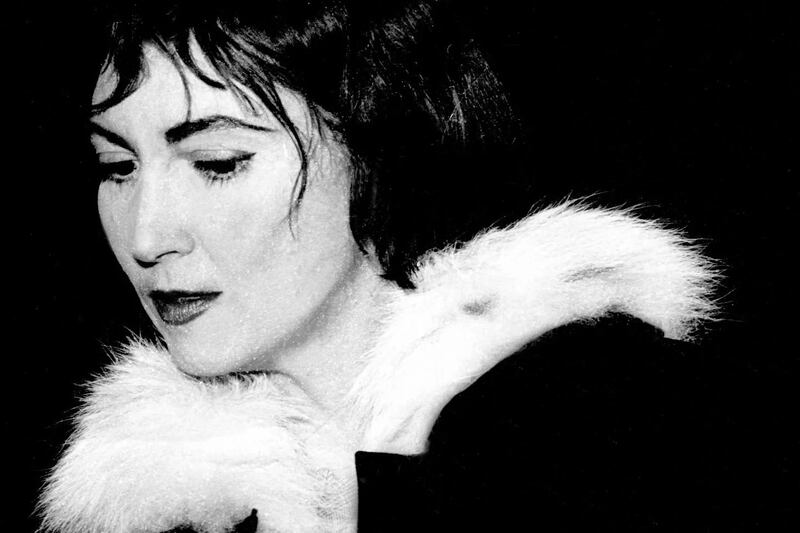Gold nuggets, Turkish delight, Chinese vases, Indian candlesticks, stones from the Urals and baby incubators were just some of the items on display at the Cork International Exhibition which took place 120 years ago at the beginning of the 1900s.
Opened on May Day 1902 and officially named the International Exhibition of Manufacturers, Arts, Products and Industries, it was visited by almost two million people. A colourful procession of bands, trade unions and societies was cheered on by spectators as it made its way through the city to announce the beginning of the extraordinary enterprise.
In terms of statistics, it was like nothing the city had seen before as it dwarfed the previous Cork Exhibitions of 1852 and 1883. It closed as planned in November 1902 but it was deemed so successful that it was decided to reopen it in 1903 on a slightly smaller scale.
The site that was chosen was close to the city centre and ran by the banks of the river Lee, which was incorporated into some of the amusements. Extending to over 40 acres, it took 15 months to complete at a cost of £100,000.
The night a ‘sputnik’ crash-landed in rural Wexford
‘A breakthrough in the case of my stolen Dublin Bike and the subsequent €150 fine’
A daisy with a doctorate? Frank McNally on the enrolment of ragwort in the rewilded lawns of Trinity College
Ballet Go Backwards – Frank McNally on Patrick Kavanagh’s short-lived career as a dance librettist
A 400-room hotel was built to cater for visitors and exhibition halls were erected to house over 500 exhibitors. The Industrial Hall was the largest building on the site and contained displays of everything from food and clothes to household goods, along with Japanese, Italian and Austrian sections.
While the majority of exhibitors came from Ireland, England and Scotland, others came from as far afield as Poland, Russia, Turkey, Australia and Syria.
Visitors were presented with elaborate displays and could see a range of goods being manufactured in front of their eyes.
Strangely, it was not common for them to sample products or, in many cases, even to purchase them.
Some of the brands on display are still available today, including Fry’s chocolate, Jacob’s biscuits, Denny’s ham and Schweppes soda water. Others that have stood the test time such as Belleek pottery, Eason and Elverys, were also present at the exhibition.
Distinguished visitors included King Edward VII, an Indian maharajah, Sydney’s archbishop, New Zealand’s prime minister, and Prince Henry of Prussia, a German naval commander (and brother of Kaiser Wilhelm II).
The Machinery Hall contained a model bakery where bread and confectionary were made daily. There were cooking demonstrations and several large breweries, distilleries and mineral water manufacturers, proudly displayed their wares.
Among the smaller firms to exhibit their merchandise was Deasy and Co from Clonakilty, who had obtained a gold medal at the World’s Fair in Chicago for their stout a couple of years beforehand.
The Machinery Hall also housed a boiler house that generated electricity for the lighting on the site and for the grand organ in the Concert Hall. The 2,000-seat hall, located at the main entrance, was used for the opening and closing ceremonies. An orchestra and choir of up to 500 could be accommodated in the large building that had a ceiling height of 50 feet.
The Canadian Pavilion, one of two pavilions sponsored by foreign governments, was described as “one of the most striking and beautiful in the grounds”. On display were leading brands of Canadian foods, mineral water and rye whiskey, along with examples of industry in the form of timber and agriculture in the form of grain. Minerals, including nickel and gold nuggets from the Klondike, were also on display.
The purpose-built art galleries contained paintings, statues, silverware and photography, believed to worth in the region of £200,000. John Butler Yeats and Oliver Sheppard are among the contemporary Irish artists whose work was on display.
Some paintings were loaned from the collections of the Corporations of Leeds, Hackney and Manchester, among others. Buckingham Palace lent a painting of Queen Victoria leaving Queenstown (Cobh) in 1849.
Indoor and outdoor amusements were provided in the form of a skating rink, switchback railway (sort of rollercoaster) and a shooting gallery. The Distorting Mirrors side-show, where oddly shaped and curved mirrors offered anything but a clear reflection of the viewer, promised to provide “much amusement” to young and old alike.
Thirsty or hungry visitors could avail of several forms of refreshment, including the American Bar, which served cocktails. Tea houses and cigar and tobacco kiosks were dotted around the site. For teetotallers, the Temperance restaurant provided alcohol-free sustenance.
Mementos from the exhibition are on display in the Cork Public Museum, which is located on the site of the exhibition. A Japanese decoration bestowed on the lord mayor in recognition of how officers and sailors from two Japanese warships were welcomed during their visit to the exhibition sits near a gold ceremonial key made by Egan’s Jewellers for the opening day. Daniel Breen and Tom Spalding’s book on the exhibition, The Cork International Exhibition – A Snapshot of Edwardian Cork , provides invaluable insights into this unusual event.















